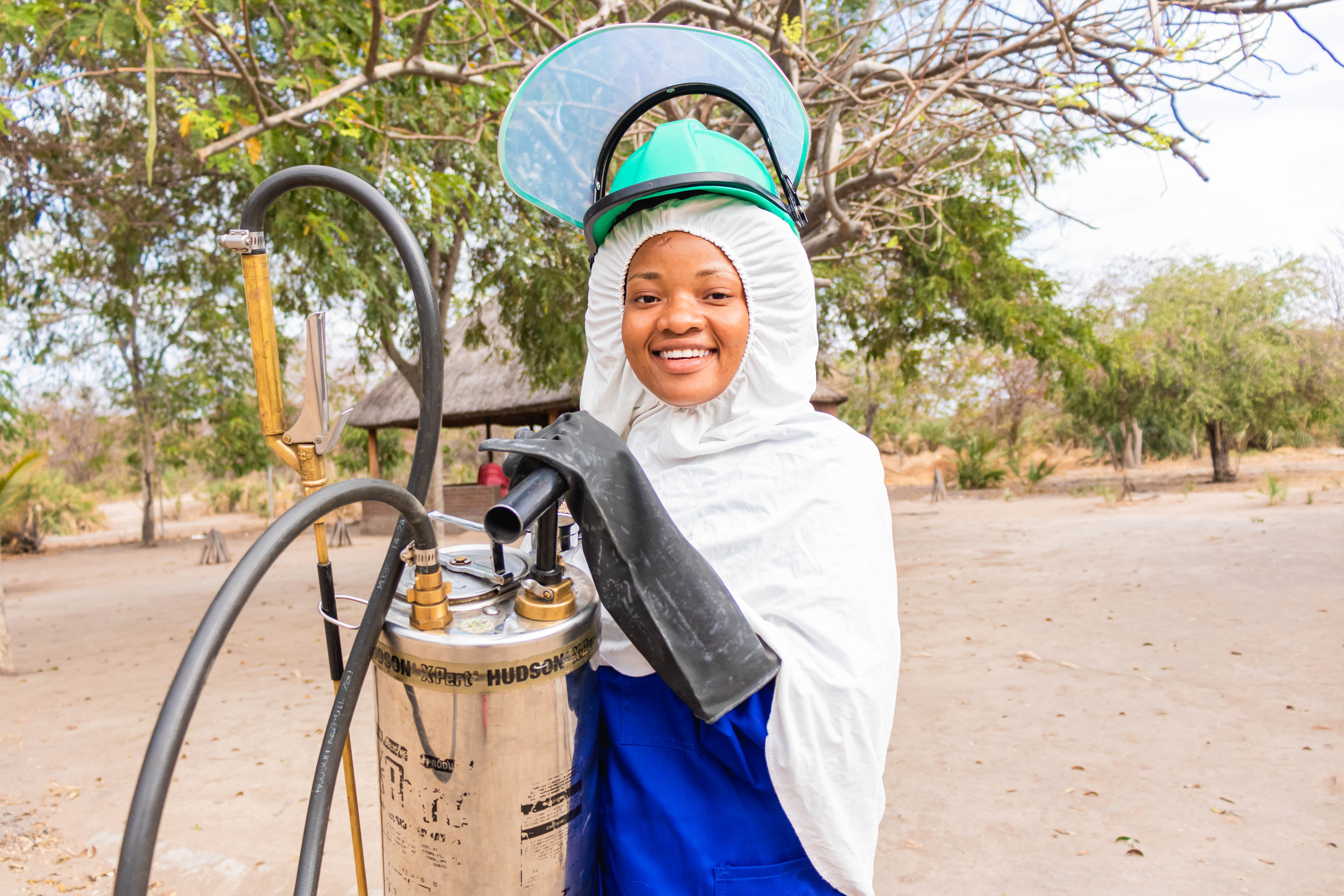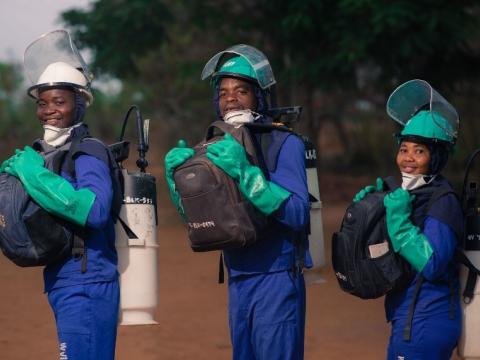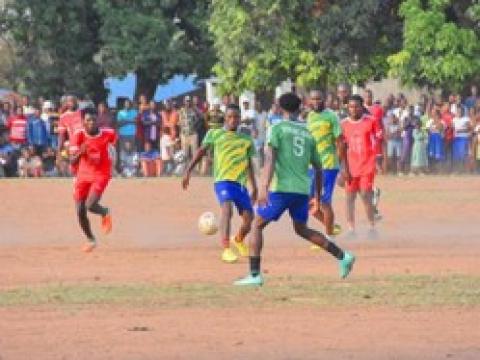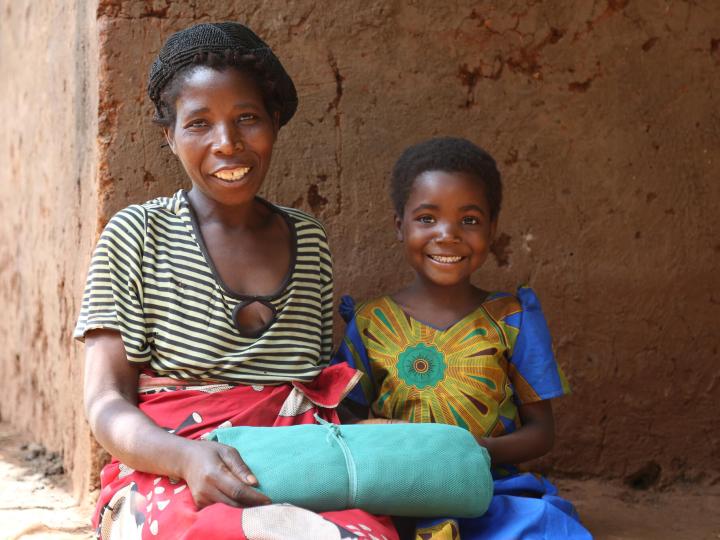
Winning the fight against malaria
Malaria Programming
Although eliminated in parts of the world decades ago, malaria continues to pose a serious public health threat, endangering nearly half the global population. In 2024 alone, cases increased from 2023 levels to an estimated 282 million malaria cases and 610,000 related deaths worldwide (WHO). The African Region bore the brunt of this burden, accounting for 94% of cases and 95% of deaths.
Malaria disproportionately affects the poorest and most marginalised communities – those with the least access to effective prevention and treatment services. Children under five, pregnant women, and individuals living with HIV and AIDS are particularly vulnerable due to weakened immune systems. In 2024, children under five accounted for nearly 75% of all malaria deaths in the WHO African Region.
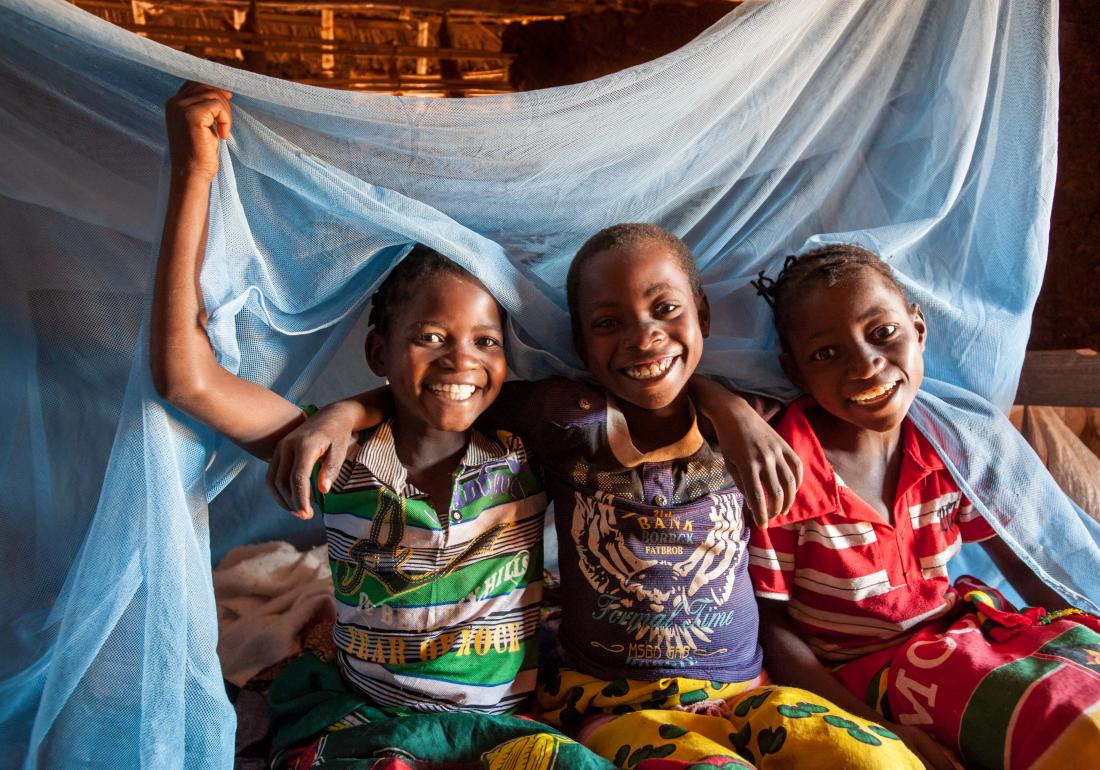
World Vision is committed to the fight against malaria until it is eradicated. Prevention and treatment are integrated into our core global health strategy. In high-risk areas, we ensure families – particularly mothers and young children – have access to insecticide-treated mosquito nets and essential health services.
Our interventions include:
Prevention
- Mass distribution of long-lasting insecticidal nets (LLINs)
- Continuous distribution of LLINs through routine services (ANC, EPI, schools)
- Indoor Residual Spraying (IRS) planning, readiness assessments, and implementation
Social and behavior change communication (SBCC) to promote consistent net use and early care-seeking
Case Management
- Community case management (iCCM) for malaria diagnosis and treatment
- Parasitological testing using RDTs and microscopy
- Treatment of uncomplicated malaria with first-line antimalarial medicines
Referral and follow-up for severe malaria cases
Surveillance, Monitoring & Response
- Strengthening malaria surveillance systems (DHIS2 integration, data quality improvement)
- Epidemic preparedness and early warning systems
- Case investigation and reactive case detection in low-transmission settings
Support for stratification and micro-planning
Entomology & Vector Control
- Entomological surveillance and insecticide resistance monitoring
- Partnerships with research institutions and NMCPs to guide vector control strategies
Support for vector behavior studies and monitoring of intervention effectiveness
Health Systems Strengthening (HSS)
- Capacity building for national and provincial malaria programs
- Training and mentoring of health workers and community health workers
- Strengthening supply chains for malaria commodities (forecasting, quantification, LMIS)
Improving laboratory systems for malaria diagnosis
Community Systems & Equity
- Community mobilization through faith-based and community networks
- Engagement of traditional and religious leaders to promote prevention behaviors
- Targeted approaches for hard-to-reach, mobile, and vulnerable populations
Integration of malaria services with maternal, newborn, and child health (MNCH) platforms
Emergency & Fragile Settings
- Mobile clinics and outreach in conflict-affected and humanitarian contexts
- Continuity of malaria services during outbreaks, displacement, and emergencies
- Rapid response support during epidemics and climate-related shocks
THE MALARIA VACCINE
In October 2021, the World Health Organization recommended the RTS,S malaria vaccine for use in regions with moderate to high transmission. This decision followed a successful pilot programme reaching over 1 million children in Ghana, Kenya, and Malawi since 2019.
World Vision fully supports the rollout of the RTS,S vaccine, recognising it as a safe, effective, and practical tool in the fight against malaria. The vaccine began national rollout in Cameroon in January 2024.
WORLD VISION'S MALARIA INVESTMENTS THROUGH THE GLOBAL FUND
In 2024, with support from the Global Fund, World Vision achieved the following malaria results:
- Approximately 23 million people reached through malaria prevention and treatment efforts
- Over 1 million insecticide-treated nets (ITNs) distributed
- Nearly 19 million suspected malaria cases received parasitological testing
- More than 10 million confirmed malaria cases were treated with effective antimalarial medicines
- Over 7,000 social and behavior change communication (SBCC) sessions delivered to strengthen prevention, care-seeking, and treatment adherence
Read more:
- What is malaria? Facts, Symptoms and what World Vision is doing
- Digital Health Factsheet: Fighting malaria with digital health tools in Angola
- Integrated Community Case Management - a World Vision project approach
